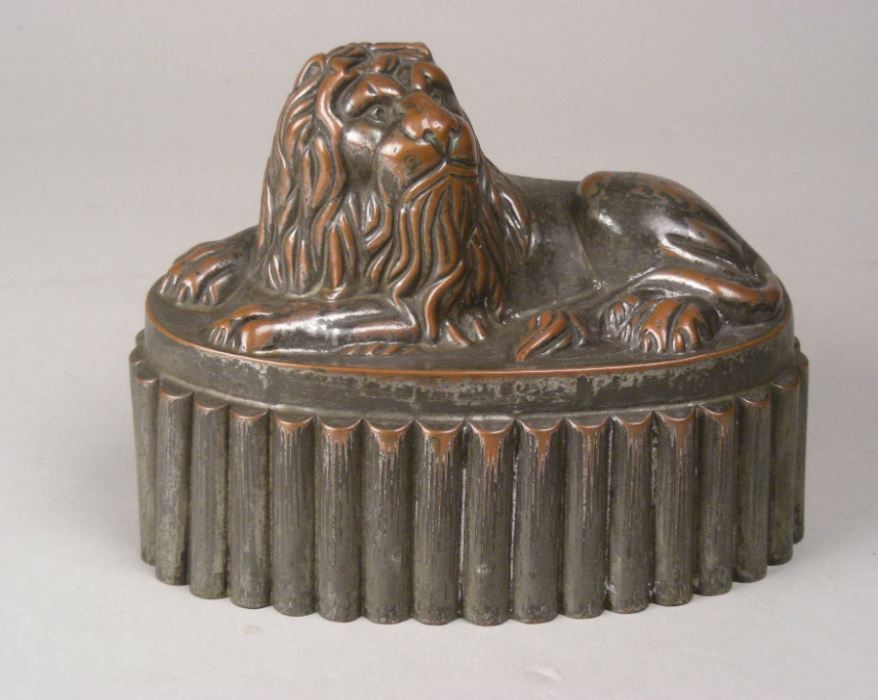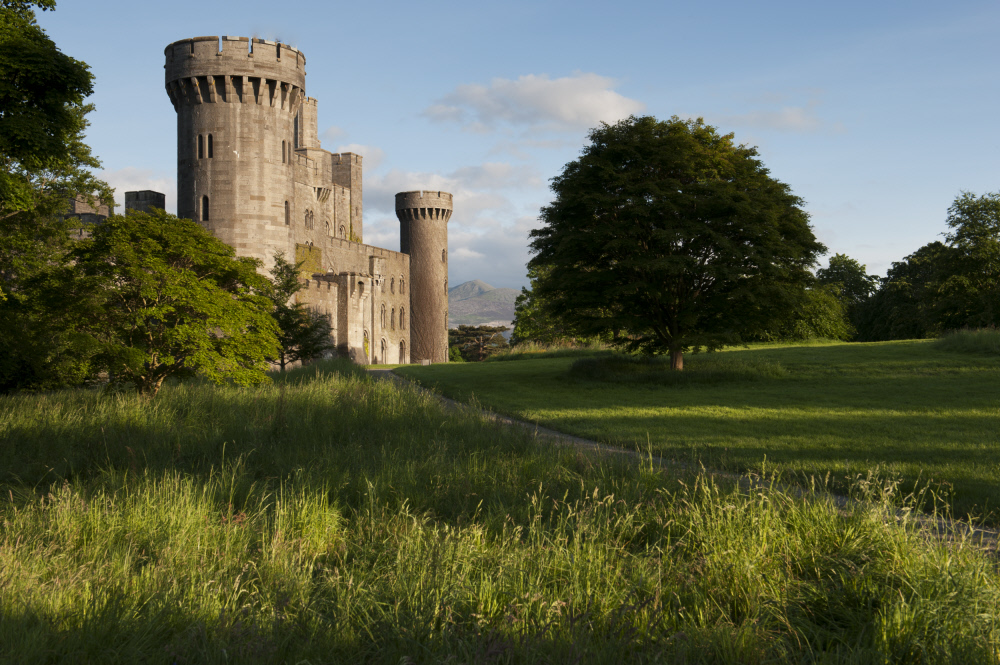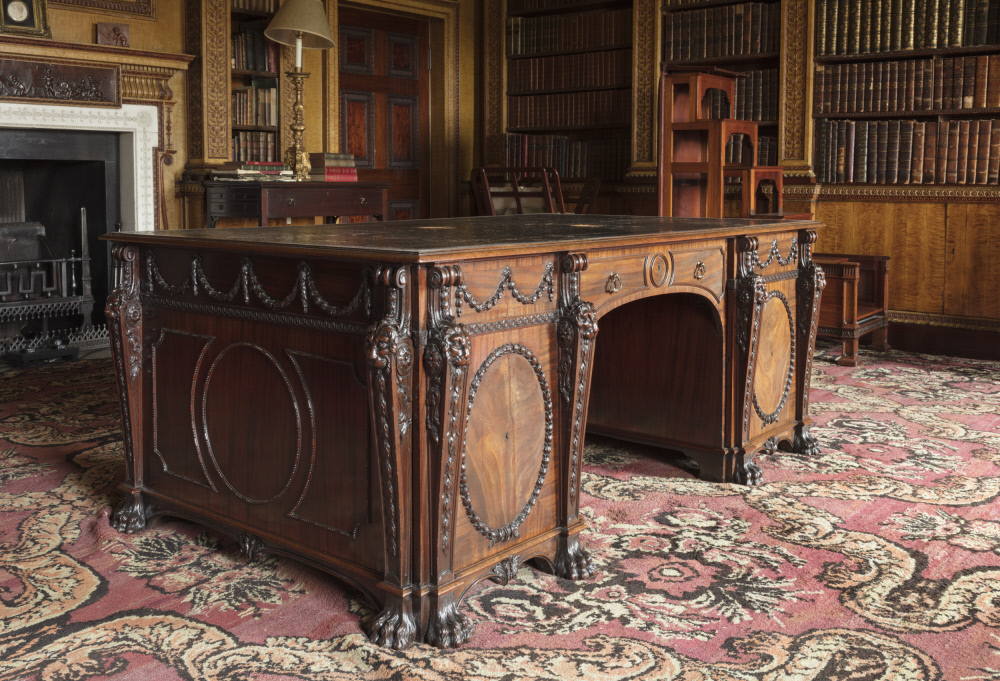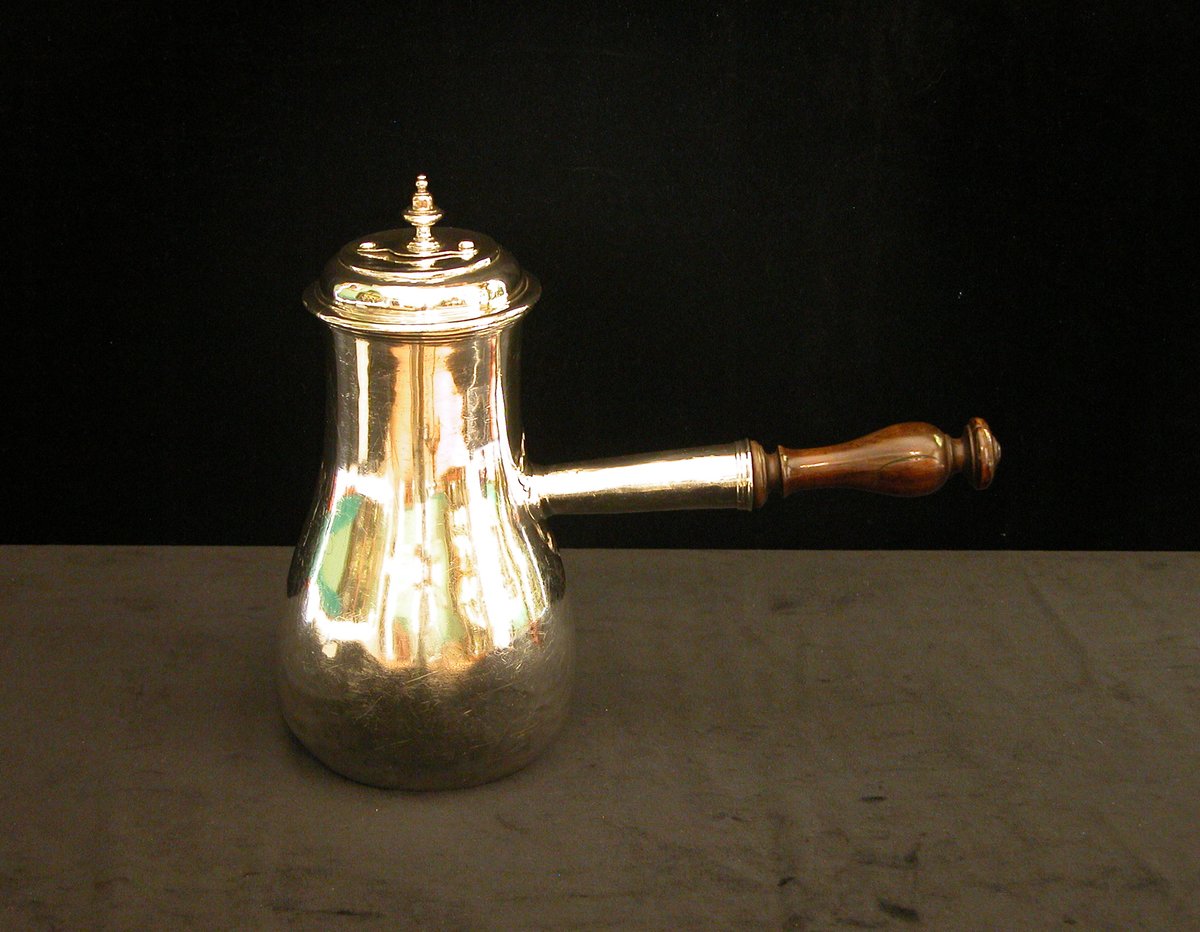
Spaces of sanctuary or celebrations of identity; the places in our care are filled with stories of those who challenged conventional ideas of sexuality.
To celebrate #Pride, we’re exploring the LGBTQ+ histories we look after, and the hidden lives of those who shaped them. (1/13)
To celebrate #Pride, we’re exploring the LGBTQ+ histories we look after, and the hidden lives of those who shaped them. (1/13)

The white triangle of our flag shares a glimpse of the whitewash walls of the cabin at Bucks Mill, Devon.
The summer retreat of artists and life partners, Judith Ackland and Mary Stella Edwards, they visited to paint each year from the 1920s, until Judith’s death in 1971. (2/13)
The summer retreat of artists and life partners, Judith Ackland and Mary Stella Edwards, they visited to paint each year from the 1920s, until Judith’s death in 1971. (2/13)

The pink chevron is made from the summer blooms @SissinghurstNT, Kent.
Sissinghurst was home to Vita Sackville-West and Harold Nicolson, whose unconventional marriage allowed both to pursue same-sex affairs. (3/13)
Sissinghurst was home to Vita Sackville-West and Harold Nicolson, whose unconventional marriage allowed both to pursue same-sex affairs. (3/13)

We visited Clouds Hill in Dorset, the home and refuge of T.E. Lawrence, to find our blue chevron.
Famed for his military exploits in the Middle East, Lawrence had an enigmatic public persona, and hinted at homosexual experiences throughout his writing. (4/13)
Famed for his military exploits in the Middle East, Lawrence had an enigmatic public persona, and hinted at homosexual experiences throughout his writing. (4/13)

Our brown chevron comes from the jacket of @IckworthNT’s John, Lord Hervey.
Known for his bisexual relationships and effeminate style, he shared a mistress with the Prince of Wales and had a 10-year relationship with another man. (5/13)
Known for his bisexual relationships and effeminate style, he shared a mistress with the Prince of Wales and had a 10-year relationship with another man. (5/13)

Giving the black chevron its colour is a bust of the Greek poet, Sappho, @KedlestonNT.
Born on Lesbos around 620BC, little’s known for sure about her life. Only fragments of her work survive, expressing proclamations of love for women and girls. (6/13)
Born on Lesbos around 620BC, little’s known for sure about her life. Only fragments of her work survive, expressing proclamations of love for women and girls. (6/13)

Making up the red stripe is a portrait from the collection @SmallhytheNT of Vita Sackville-West wearing one of Ellen Terry’s costumes.
As well as Terry, Smallhythe was home to her daughter Edy and Edy’s two partners, both of whom defied conventional gender expression. (7/13)
As well as Terry, Smallhythe was home to her daughter Edy and Edy’s two partners, both of whom defied conventional gender expression. (7/13)

Lending the orange stripe its colour is the ceiling mural in the church at Staunton Harold.
The Chevalier d’Eon, a gender non-conforming French spy, soldier and expert fencer, sought refuge from persecution on the estate, with close friend and ally, the 5th Earl Ferrers. (8/13)
The Chevalier d’Eon, a gender non-conforming French spy, soldier and expert fencer, sought refuge from persecution on the estate, with close friend and ally, the 5th Earl Ferrers. (8/13)

The yellow stripe comes from the front cover of a playbook at @SmallhytheNT in Kent.
After her mother’s death, Edy Craig and her two partners transformed the house into a pioneering place that offered women freedom of expression in art, gender and sexuality. (9/13)
After her mother’s death, Edy Craig and her two partners transformed the house into a pioneering place that offered women freedom of expression in art, gender and sexuality. (9/13)
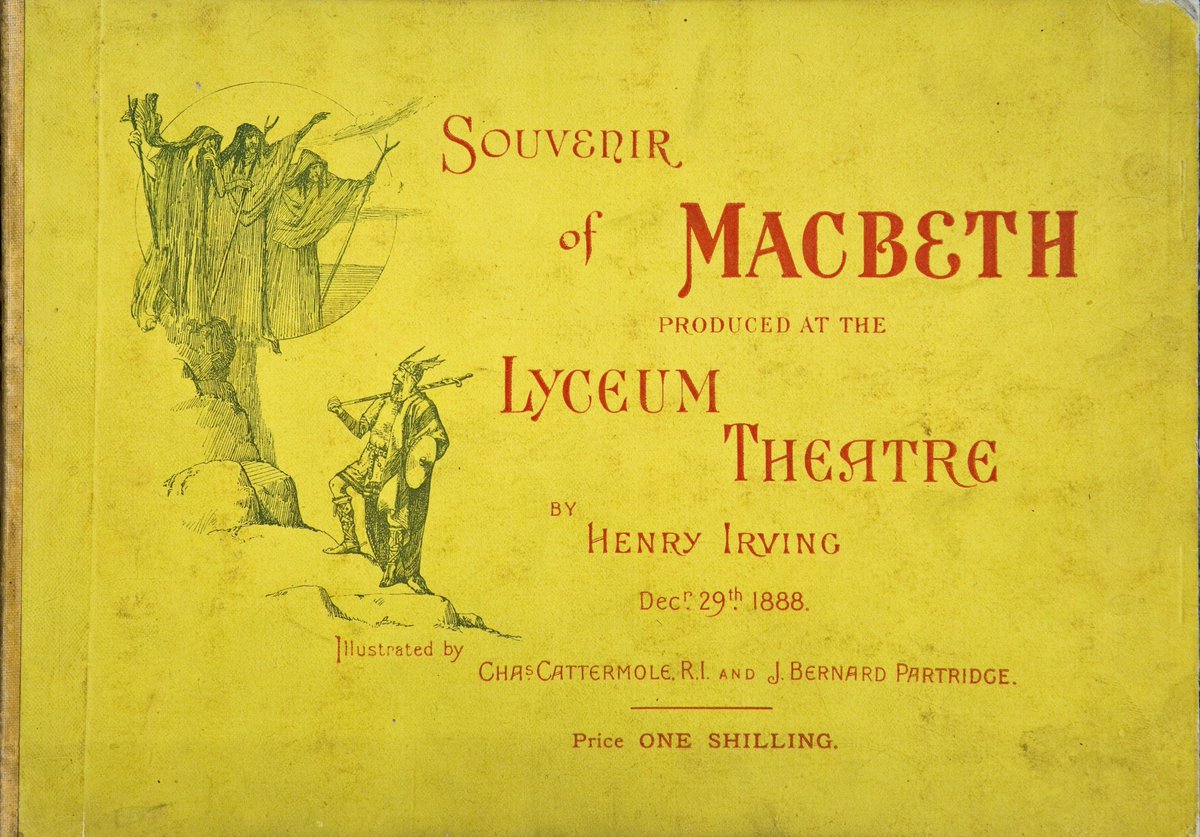
Making up the green stripe are the hills of @PeakDistrictNT.
Poet and author Edward Carpenter, pioneer of sexual freedom, walked the moors with his partners George Hukin and George Merrill. Their relationships coupled with a passion for the landscape and natural world. (10/13)
Poet and author Edward Carpenter, pioneer of sexual freedom, walked the moors with his partners George Hukin and George Merrill. Their relationships coupled with a passion for the landscape and natural world. (10/13)

The blue of our next stripe comes from the tiled fire surround at Monk’s House, Sussex, home to novelist Virginia Woolf.
Happily married to husband Leonard, she also had an intense affair with writer Vita Sackville-West, which inspired her controversial novel, Orlando. (11/13)
Happily married to husband Leonard, she also had an intense affair with writer Vita Sackville-West, which inspired her controversial novel, Orlando. (11/13)

Finally, the purple stripe of our flag comes from the rose garden @NTLymePark.
James Lee-Milne, a bisexual man, was involved in the acquisition of many places we care for, including Lyme Park. In 1943, he wrote of it ‘Lyme is one of England’s greatest houses’. (12/13)
James Lee-Milne, a bisexual man, was involved in the acquisition of many places we care for, including Lyme Park. In 1943, he wrote of it ‘Lyme is one of England’s greatest houses’. (12/13)

Our inclusive #Pride flag is made up of just some of the fascinating stories from the places we care for.
We’re continuing to research and share the histories of these places, reflecting the diversity of the people who have made their homes here. (13/13)
We’re continuing to research and share the histories of these places, reflecting the diversity of the people who have made their homes here. (13/13)

• • •
Missing some Tweet in this thread? You can try to
force a refresh









